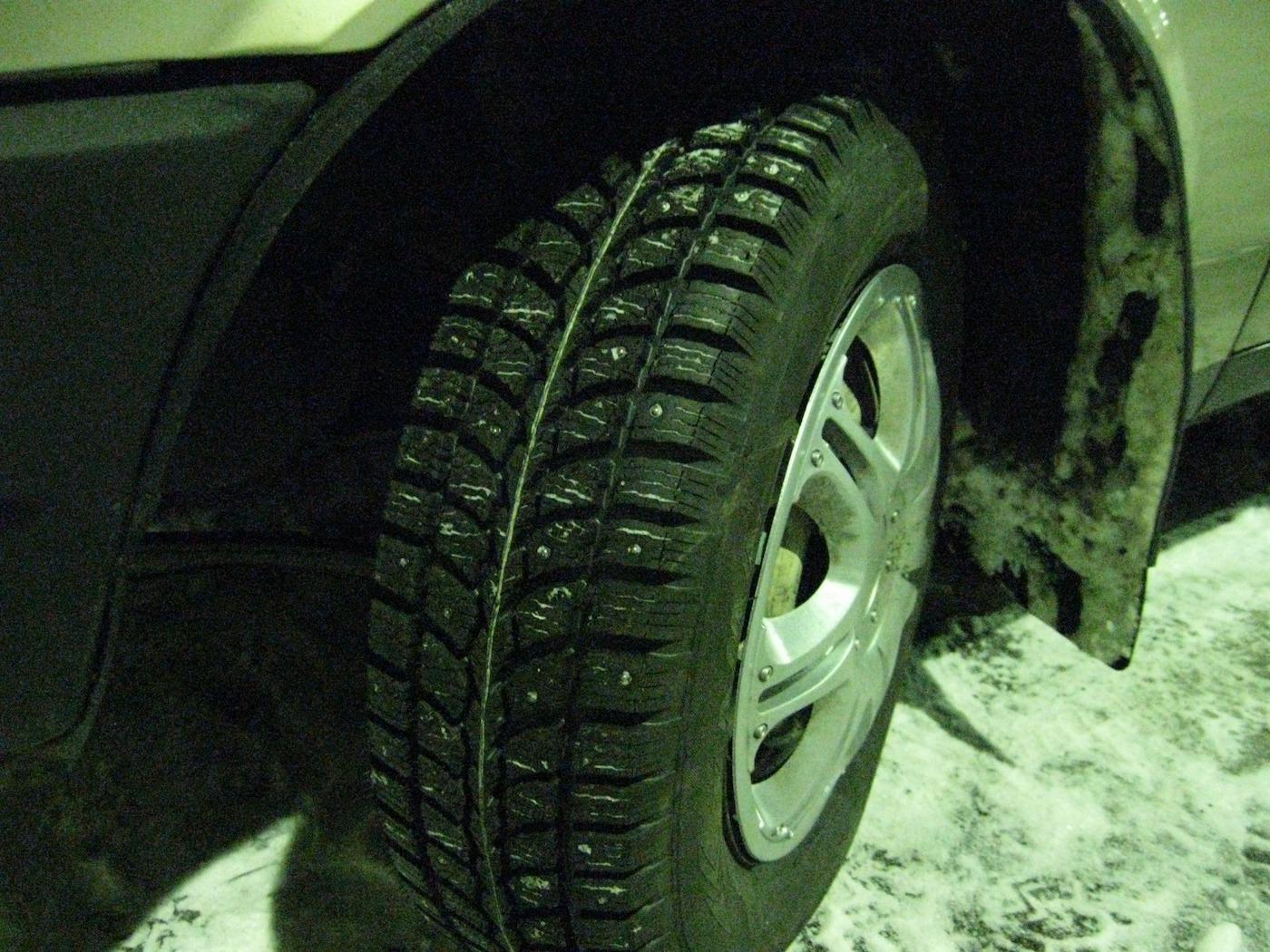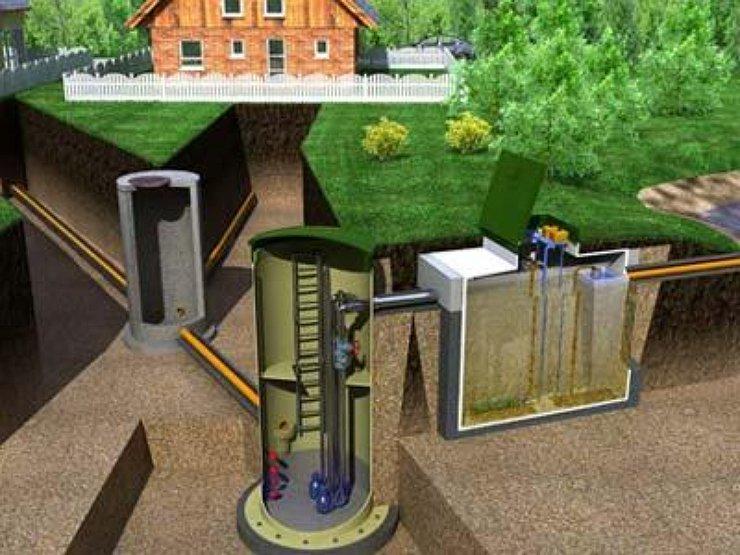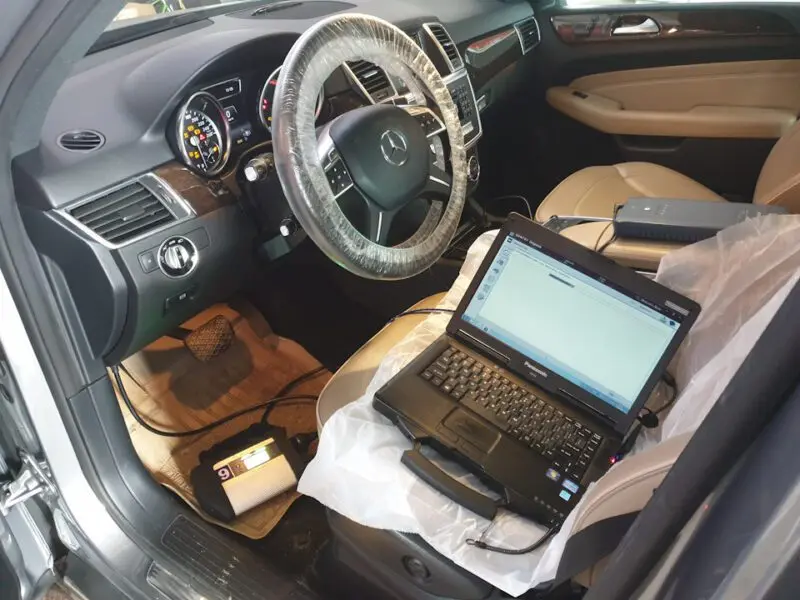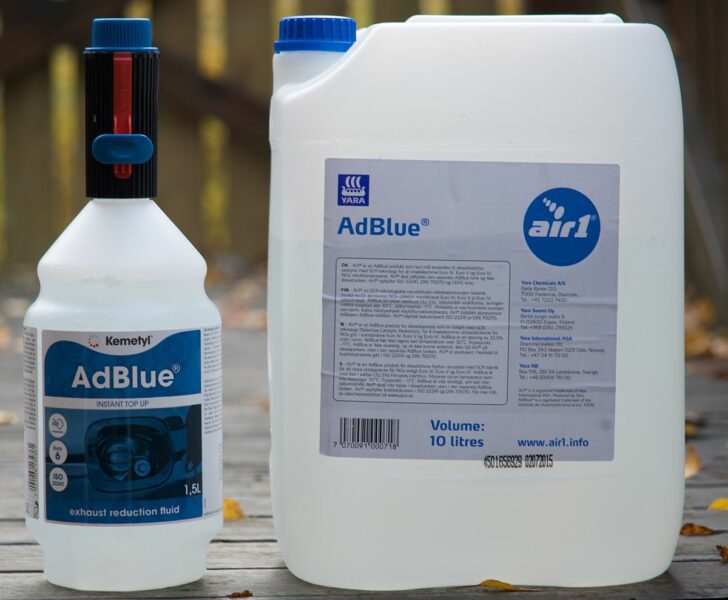
Urea in diesel engines: why, composition, consumption, price, shutdown
Content
Most modern motorists, defining the most practical car, pay attention not only to the power of the power unit and the comfort that is offered in the interior. For many, the economy of transport is of great importance. However, creating cars with reduced fuel consumption, manufacturers are more guided by environmental standards (a smaller ICE emits less harmful substances).
Tightening eco-standards forced engineers to develop new fuel systems, modify existing powertrains and equip them with additional equipment. Everyone knows that if you reduce the size of the engine, it will lose power. For this reason, in modern small-displacement internal combustion engines, turbochargers, compressors, all kinds of injection systems, etc. are increasingly common. Thanks to this, even a 1.0-liter unit is quite capable of competing with the 3.0-liter engine of a rare sports car.
If we compare gasoline and diesel engines (the difference in such engines is described in another review), then modifications with the same volume, operating on heavy fuel, will definitely consume less fuel. This is due to the fact that any diesel engine is equipped with a direct injection system by default. More details about the device of this type of motors are described here.
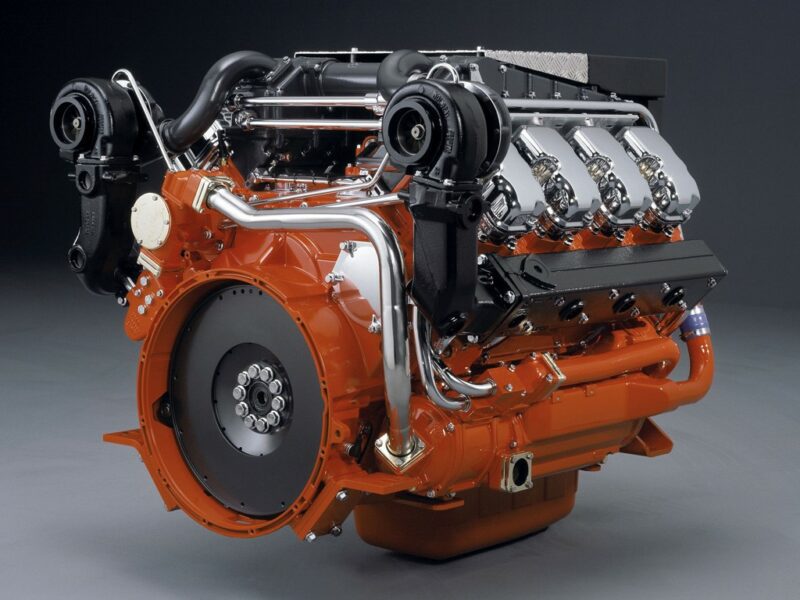
However, diesel engines are not so simple. During the combustion of diesel fuel, more harmful substances are emitted, which is why vehicles equipped with a similar engine pollute the environment more than a gasoline analogue. To make the car safer in this regard, the exhaust system includes particulate filter и catalyst... These elements remove and neutralize hydrocarbons, carbon oxides, soot, sulfur dioxide and other harmful substances.
Over the years, environmental standards, especially for diesel engines, have tightened. At the moment, in many countries there is a ban on the operation of vehicles that do not meet the Euro-4 parameters, and sometimes even higher. So that the diesel engine does not lose its relevance, the engineers have equipped the units (starting with modifications of the Euro4 eco-standard) with an additional exhaust gas cleaning system. It's called SCR.
Together with it, urea is used for diesel fuel. Consider why this solution is needed in the car, what is the principle of operation of such a cleaning system, and also what are its advantages and disadvantages.
What is urea for a diesel engine
The word urea itself means a substance that contains uric acid salts - the end product of mammalian metabolism. It is actively used in agriculture, but it is not used in its pure form in the auto industry.
For diesel engines, a special solution is used, 40 percent consisting of an aqueous solution of urea and 60 percent of distilled water. This substance is a chemical neutralizer that reacts with exhaust gases and converts harmful carbon oxides, hydrocarbons and nitrogen oxides into an inert (harmless) gas. The reaction converts harmful exhaust into carbon dioxide, nitrogen and water. This fluid is also called AdBlue for use in the exhaust gas treatment system.
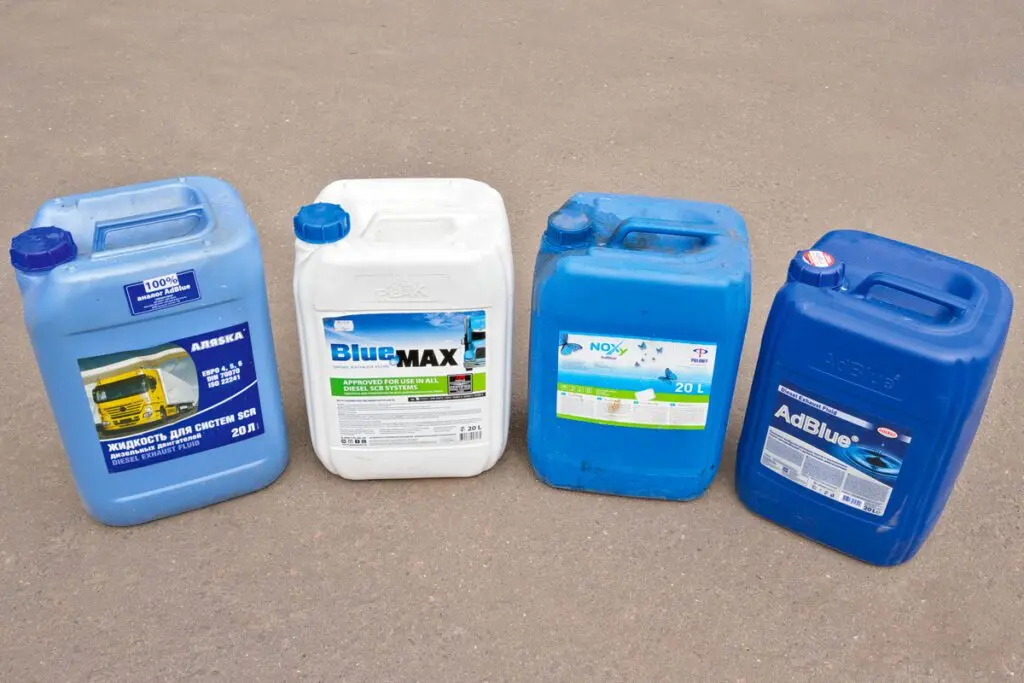
Most often, such a system is used in commercial vehicles. The truck will have an additional tank, the filler neck of which is located near the fuel filler hole. The truck is fueled not only with diesel fuel, but a urea solution must also be poured into a separate tank (a ready-made liquid that is sold in cans). Consumption of the substance depends on the type of fuel system and how efficiently the engine works.
Usually, a modern car (by the way, a large number of passenger models that use heavy fuel also receive such a neutralization system) is capable of working out from two to six percent of urea from the total amount of fuel consumed. Due to the fact that the injection is controlled by high-precision electronics, and the operation of the system itself is leveled by NO sensors, you need to add reagent to the tank much less often than refueling the car itself. Typically, refueling is required after about 8 thousand kilometers (depending on the volume of the tank).
The fluid for the operation of the exhaust system must not be mixed with diesel fuel, since it is not flammable by itself. Also, a large amount of water and chemicals will quickly disable the high pressure fuel pump (its operation is described here) and other important components of the fuel system.
What is it for in a diesel engine
In modern cars, catalysts are used to neutralize combustion products. Their honeycomb is made of metal or ceramic material. The most common modifications are internally plated with three types of metals: rhodium, palladium and platinum. Each of these metals reacts with exhaust gases and neutralizes hydrocarbons and carbon monoxide under high temperature conditions.
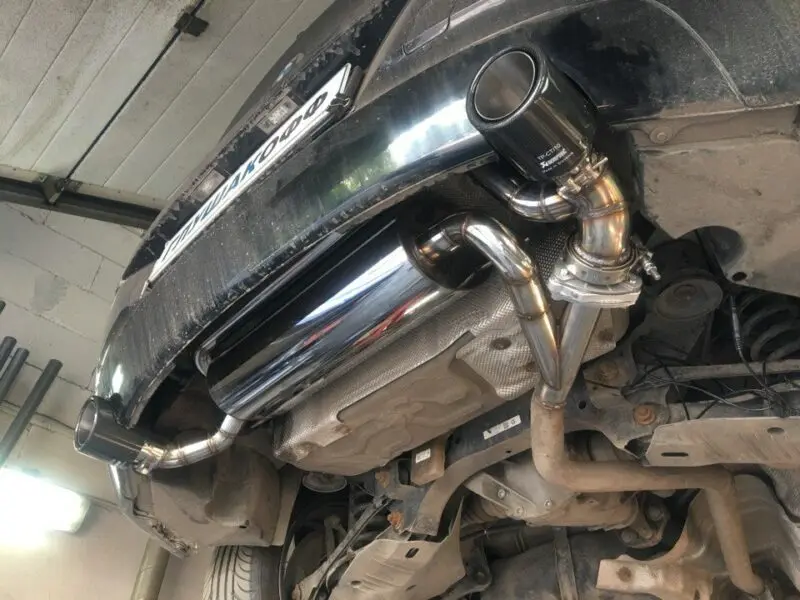
The output is a mixture of carbon dioxide, nitrogen and water. However, diesel exhaust also contains high levels of soot and nitrogen oxide. Moreover, if the exhaust system is modernized to remove one harmful substance, this has a side effect - the content of the other component increases proportionally. This process is observed in different operating modes of the power unit.
To remove soot from the exhaust, a trap or particulate filter is used. The flow passes through the small cells of the part and soot settles on their edges. Over time, this screen becomes clogged and the engine activates plaque burning, thereby extending the filter's service life.
Despite the presence of additional elements in the exhaust system of the car, all harmful substances are not completely neutralized. Because of this, the harmfulness of the car engine is not reduced. To improve the environmental friendliness of transport, another additional system for cleaning or neutralizing diesel exhaust gases has been developed.
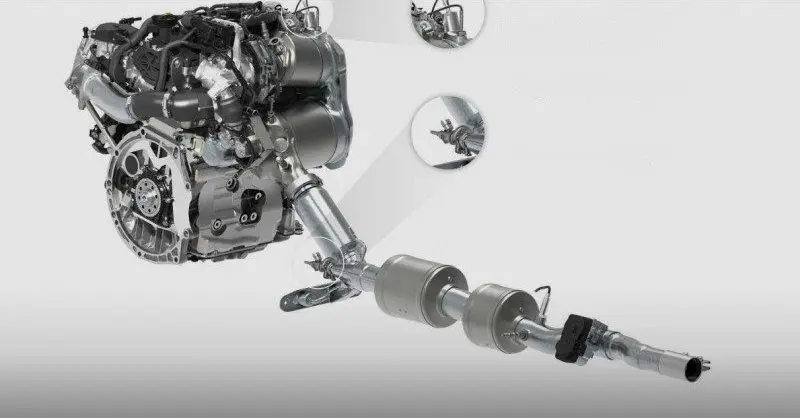
SCR neutralization is designed to combat nitric oxide. It is installed by default in all diesel vehicles that comply with Euro 4 and above. In addition to clean exhaust, thanks to the use of urea, the exhaust system suffers less from carbon deposits.
How the system works
The presence of a neutralization system allows the old internal combustion engine to be adapted to modern eco-standards. The use of SCR is possible in some cars as an additional equipment, but for this the auto exhaust system needs to be modernized. The system itself works in three stages.
Waste gas cleaning stages
When fuel is burned in the cylinder, at the exhaust stroke gas distribution mechanism opens the exhaust valves. The piston pushes the combustion products into an exhaust manifold... Then the gas flow enters the particulate filter, in which soot is retained. This is the first step in exhaust cleaning.
The stream, already cleaned of soot, leaves the filter and is directed to the catalyst (some models of soot are compatible with a catalyst in the same housing), where the exhaust gas will be neutralized. At this stage, until the hot gas enters the neutralizer, a urea solution is sprayed into the pipe.
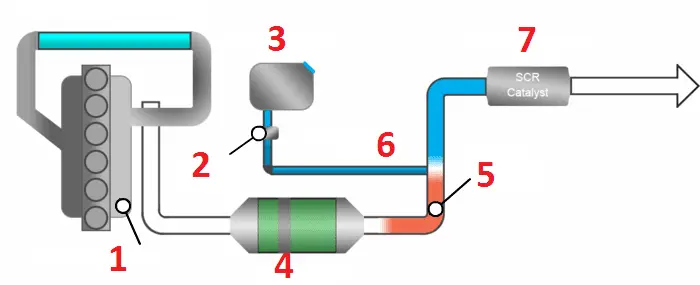
Since the stream is still very hot, the liquid immediately evaporates and ammonia is released from the substance. The action of high temperature also forms isocyanic acid. At this point, ammonia reacts with nitric oxide. This process neutralizes this harmful gas and forms nitrogen and water.
The third stage takes place in the catalyst itself. It neutralizes other toxic substances. Then the flow goes to the muffler and is discharged into the environment.
Depending on the type of engine and exhaust system, neutralization will follow a similar principle, but the installation itself may look different.
Fluid composition
Some motorists have a question: if urea is a product of the vital activity of the animal world, is it possible to make such a liquid on your own? In theory, it is possible, but manufacturers do not recommend doing this. A homemade urea solution will not meet the quality requirements for use in machines.
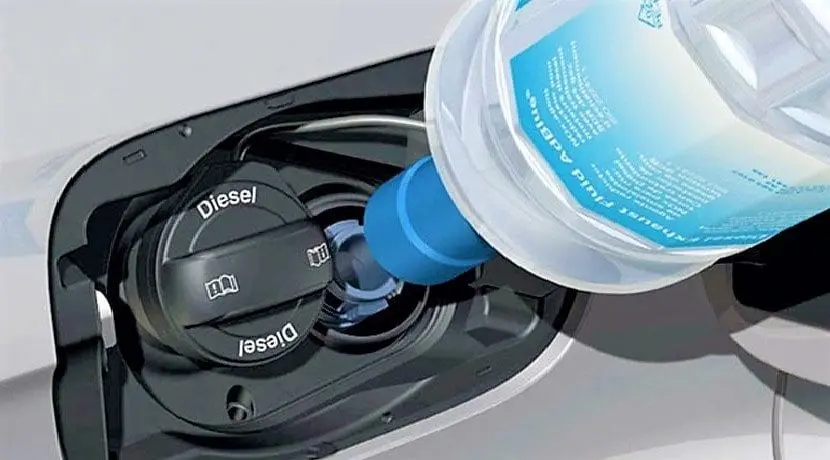
And there are several reasons for this:
- Urea, which is often included in many mineral fertilizers, can be considered as an alternative for creating a solution. But you cannot go to the nearest agricultural store to purchase it. The reason is that the fertilizer granules are treated with a special substance that prevents the bulk material from caking. This chemical reagent is harmful to the elements of the combustion products purification system. If you prepare a solution based on this mineral fertilizer, the installation will fail very quickly. No filter system is capable of filtering out this harmful substance.
- The production of mineral fertilizers is associated with the use of biuret (the final mass of this reagent may contain about 1.6 percent). The presence of this substance will significantly shorten the life of the catalytic converter. For this reason, in the manufacture of AdBlue, ultimately only a small fraction of biuret (no more than 0.3 percent of the total volume) can be included in its composition.
- The solution itself is created on the basis of demineralized water (mineral salts clog the honeycomb of the catalyst, which quickly puts it out of action). Although the price of this liquid is low, if you add the price of mineral fertilizer and the time spent on making the solution to its cost, the cost of the finished product will not differ much from the industrial analogue. Plus a reagent prepared at home is harmful to the car.
Another common question regarding the use of urea for diesel engines - can it be diluted with water for the sake of economy? No one will forbid doing this, but savings cannot be achieved in this way. The reason is that the exhaust aftertreatment system is equipped with two sensors configured to determine the concentration of NO in the combustion products.
One sensor is placed in front of the catalyst, and the other at its outlet. The first determines the amount of nitrogen dioxide in the exhaust gases and activates the neutralization system. The second sensor determines how efficiently the process is going. If the concentration of a harmful substance in the exhaust exceeds the permissible level (32.5 percent), then it gives a signal that the amount of urea is insufficient, and the system increases the volume of fluid. As a result of the diluted solution, more water will go away, and more water will accumulate in the exhaust system (how to deal with it, it is described separately).
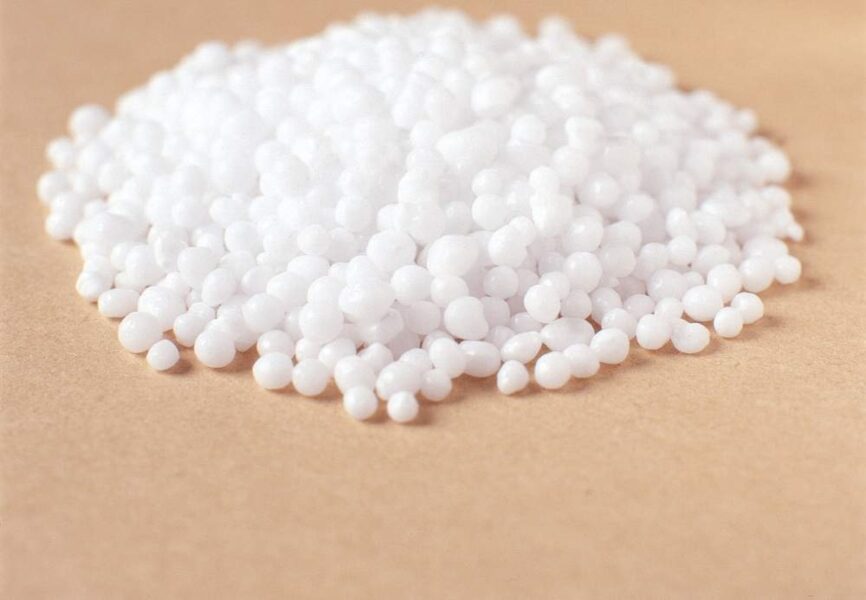
By itself, urea looks like salt crystals that are odorless. They can be dissolved in a polar solvent such as ammonia, methanol, chloroform, etc. The safest method for human health is dissolution in distilled water (the minerals that are part of ordinary water will form deposits on the catalyst honeycomb).
Due to the use of chemicals in the preparation of the solution, the development of urea is carried out under the supervision or with the approval of the Automotive Industry Association (VDA).
Advantages and disadvantages
The most important advantage of using urea in diesel engines is a more complete removal of toxic substances that are released during the combustion of diesel fuel. This fluid allows the vehicle to comply with the environmental standard up to Euro6 (this is influenced by the characteristics of the unit itself and its technical condition).
None of the technical components of the engine changes, so all the advantages of using urea are associated only with the harmfulness of emissions and the ensuing consequences. For example, when crossing the European border, the vehicle owner will not have to pay a heavy tax or fine if the system in that country stops working.
Refueling is infrequent. The average consumption is about 100 ml. for 100 kilometers. However, this is an indicator for a passenger car. A 20-liter canister is usually enough for 20 thousand km. As for the truck, the average consumption of urea in it is about 1.5 liters per 100 km. It depends on the motor volume.
The substance can be poured either directly into the tank located in the engine compartment, or into a special neck located near the fuel tank filler hole.

Despite the obvious advantages of the innovation system, it has a large number of disadvantages. Let's consider them to make it easier to determine whether to use this neutralization or not:
- If a system component fails, repairing it will be expensive;
- For effective neutralization, it is necessary to use high-quality fuel (low-sulfur diesel fuel);
- The biggest disadvantage is not associated with the system itself, but with a large number of counterfeit liquids on the CIS market (almost half of the sold goods are counterfeit);
- The presence of a neutralization system makes the vehicle more expensive;
- In addition to refueling with diesel fuel, you need to monitor the AdBlue supply;
- The operation of urea is complicated by the fact that in severe frost (-11 degrees) it freezes. For this reason, liquid heating is used in many modifications;
- The liquid is reactive and may cause burns or irritation if it comes into contact with hands. If the unprotected hand is in contact with the substance, which is often the case when refueling from a large canister, the liquid must be thoroughly washed;
- On the territory of the CIS, there are very few gas stations where, if necessary, you can replenish an additional amount of high-quality urea. For this reason, you need to buy liquid with a margin and carry it with you if you are planning a long trip;
- The liquid contains ammonia, which, when evaporated, harms the human respiratory tract.
Given such a number of disadvantages, many motorists decide to turn off this system.
How to disable
There are several ways to deactivate the neutralization of diesel exhaust gases:
- Freeze the system. Before using this method, you need to make sure that the SCR has no errors in the electronics. The line is redesigned so that the electronics interpret it as if the urea is frozen. In this case, the control unit does not activate the pump until the system "freezes". This method is suitable for devices that do not provide for reagent heating.
- Software shutdown. In this case, the control unit is flashed or some adjustments are made to the operation of the electronic system.

- Installing the emulator. In this case, the SCR is disconnected from the electrical circuit, and so that the control unit does not fix an error, a special digital emulator is connected instead, which sends a signal that the system is working properly. In this case, the engine power does not change.
Before proceeding with the disconnection of neutralization, it is important to consult with a specialist, because each individual case may have its own nuances. However, according to the author of this review, why buy an expensive car in order to turn off something in it, and then pay money for expensive repairs due to such an intervention?
Additionally, we offer a short video review of the operation of one of the varieties of the SCR system:
Questions and answers:
What is urea for a diesel engine for? It is a substance that is added to eliminate harmful gases in the exhaust of a diesel engine. This system is required to comply with the Euro4 - Euro6 eco standard.
How does urea work on diesel? In the process of heating and chemical reaction, urea ammonia reacts with nitrogen oxide (the most harmful gas in burnt diesel fuel), resulting in the formation of nitrogen and water.
